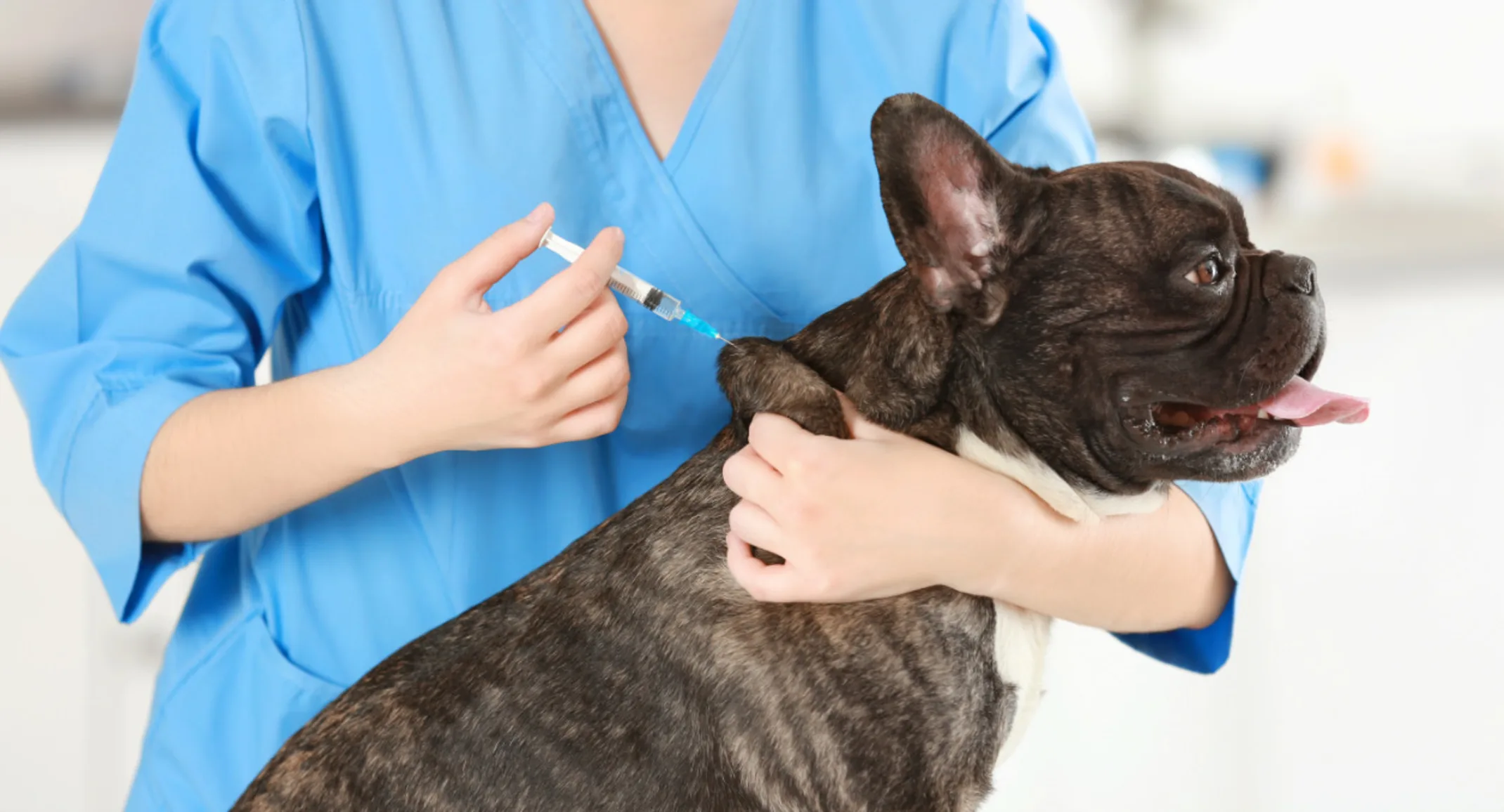How to Care For Your Pet While Waiting for A Vet Appointment
Dogs & Cats

Due to an increase in veterinary visits, scheduling an appointment with your veterinarian can take a few more days than it used to. Here are some things you can do to relieve your pet while waiting.
Vomiting and Diarrhea:
Monitor how often they are vomiting and/or having diarrhea, the color, and any behavior changes.
Take away their food bowls, but provide plenty of water.
Try feeding a bland diet of boiled, boneless, skinless chicken breast in a 50/50 mixture with boiled white rice.
Small frequent meals over the day can help the gut heal faster. The volume you should offer your pet over the course of the day should be approximately twice the usual volume they receive.
Your pet may drink less on this bland diet, as boiled chicken and white rice have a higher moisture content.
Go to the ER if:
Your pet’s vomiting or diarrhea is worsening.
Your pet may have ingested foreign material (a piece of a toy, an acorn, etc.).
Your pet is retching/trying to vomit, and nothing is coming out (a sign of "bloat").
You think your pet may have ingested a toxic or poisonous substance.
Eye Issues (i.e. Eye Infections):
Keep the area dry by gently blotting the discharge away; do not rub, this can be irritative.
Use a cone to prevent your pet from rubbing or pawing at their eyes.
DO NOT
administer any over-the-counter eye drops without your veterinarian’s permission.
Gently rinse the eye with sterile eye wash twice daily.
Go to the ER if:
The eye is bulging/swelling.
Your pet is squinting/sensitive to light.
You see any foreign body in the eye.
Your pet can’t open their eye, or your pet is hiding/not eating (a sign of pain).
Itchy Ears: Redness & Head Shaking (i.e. Ear Infections):
DO NOT
rub the ear canal.
If there is excess discharge, gently wipe it away with a cotton ball moistened with an ear-cleaning solution made for dogs.
DO NOT
use Q-tips without your veterinarian’s permission.
Go to the ER if:
Your pet is unable to eat/sleep or has any neurologic signs.
Coughing/Sneezing:
Take note of any recent social activities.
Keep your pet away from other pets until your pet has been evaluated by a veterinarian.
DO NOT
give any medications without direction from a veterinarian or veterinary technician.
Go to the ER if:
Your pet is experiencing respiratory distress.
Minor Scrapes and Wounds:
Keep the area dry by blotting it gently.
Use sterile saline on a cotton ball to help draw out moisture and help with swelling.
DO NOT
use hydrogen peroxide.
If your pet can lick the wound, use a cone.
Go to the ER if:
Your pet was bitten by another domesticated animal.
Limping:
For dogs: restrict stairs, jumping, getting in and out of the car, going on car rides, and exercise.
For cats: isolate your cat in one area/room.
Take a video of your pet limping.
DO NOT give any over-the-counter human medications for inflammation or pain.
Go to the ER if:
Your pet is unable to use the limb, there is excessive swelling, or your pet is crying/vocalizing when trying to ambulate.
Increased Urination/Blood in Urine (i.e. UTI):
For dogs: take your dog out to the bathroom more frequently.
For cats: ensure their litter box is clean.
Make sure plenty of water is available.
Go to the ER if:
You have a male cat that is straining to urinate.
Hot Spots & Allergies:
Keep their hair away from the infected area and keep the area dry.
If warranted, use a cone to prevent licking.
DO NOT put socks on your pet’s feet. DO NOT apply topical ointments or medications without your veterinarian’s permission. DO NOT try to clip or trim your pet’s fur.
Scooting:
Note any discharge coming from the anus or vocalizing.
See if your pet needs to go to the bathroom.
Offer more fiber in their diet.
Go to the ER if:
Your pet is unable/straining to defecate if you see a hole or large swelling near the anus, and/or discharge coming from a hole near the anus.
Please Note:
This list is not exhaustive.
Any single pet cannot be definitively diagnosed without first being seen by a veterinarian.
Call your veterinarian for their advice before starting any at-home treatment plan.
It is always better to go to the ER on the side of caution. If you are concerned that your pet needs to be seen despite the possible minor or benign conditions above, call your local emergency veterinary hospital or veterinary urgent care clinic.
